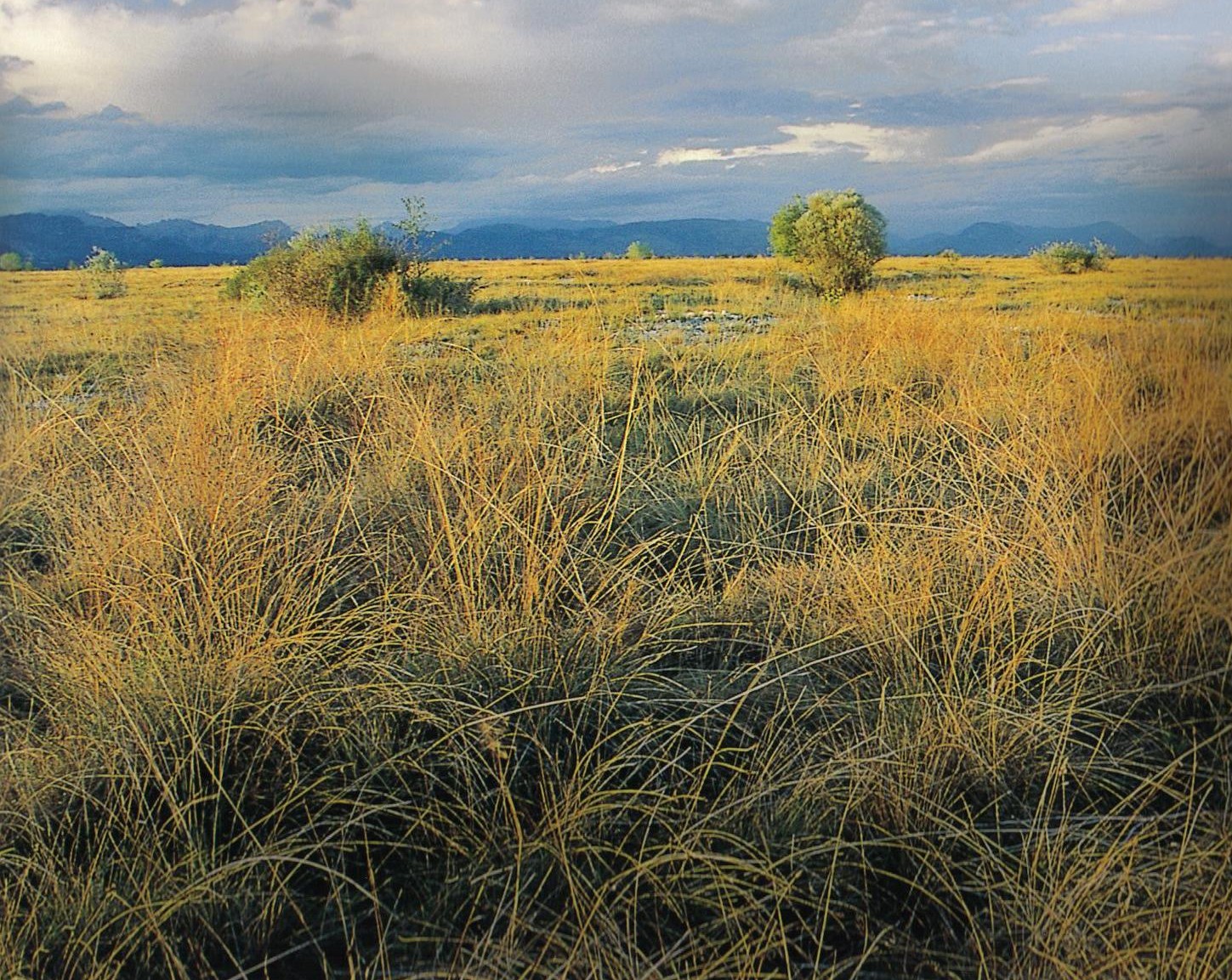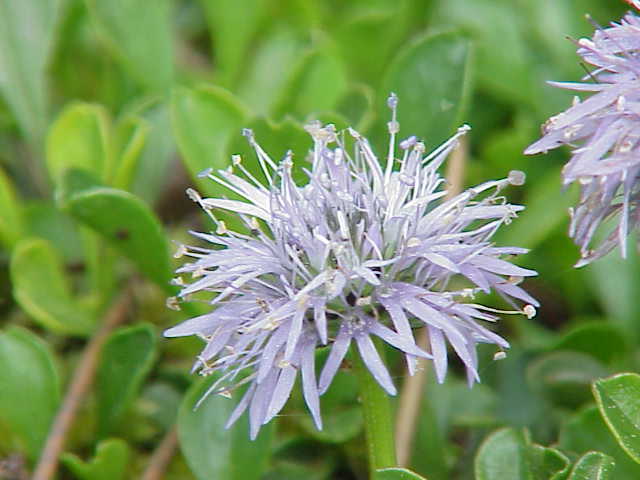
San Quirino BioPark / Magredi “lean meadows”
This post is also available in:
 Italiano (Italian)
Italiano (Italian)
Magredi di San Quirino BioPark is a protected reserve of Friuli-Venezia Giulia, opened in 1997. It stretches for some 50 acres in the province of Pordenone. Actually, it’s all that is left of a gravel expanse formed during the last ice age, where the Cellina and Meduna Torrents reach the plain. Over the centuries, this area has been almost completely modified for agriculture.
“Magredi” literally means “lean meadows” and they are made of grass and shrubs which require very little water, thus used to living in such a dry and harsh environment. Soil is in fact made of pebbles, gravels and coarse sands, carried by the streams. The latter filter and flow under the gravel and then re-emerge as little springs. These meadows look like alpine foreland and have been recently acknowledged as “Sites of Community Importance”.
The “magredi” which stretch from the foot of the mountains to those resurging waters feature three different zones:
the riverbed
made mostly of stones, with some bushes and some spring flowers (Centaureo dichroanthae-Globularietum cordifoliae group). The latter are “pioneer” plants, probably the least demanding. Their roots penetrate between the stones and the sands, starting slow colonization. The first ones to settle are lichens and mosses, followed by sparse shrubs and herbs with isolated stems and bearings, such as the heart-leaved globe daisy (Globularia cordifolia) and brooms (Genista sericea).
the primitive lean meadow (magredo) at the edge of the stream
it is made of stones, but with a thicker presence of flowers and herbs (Schoeno nigricantis-Chrysopogonetum grylli group); the vegetation is discontinuous, formed by grassy clods and cushions of suffruticose plants (suffruticose camefites), with woody stems and leathery leaves, including Fumana procumbes, Erica carnea, Globularia cordigolia, Centaurea dichroantha, and Eightpetal mountain-avens (Dryas octopetala).
the advanced lean meadow (magredo)
the outer area, rich in vegetation (Chamaecytiso hirsuti-Chrysopogonetum grylli group). It is a continuous grass patch, with a first superficial layer of rather mature soil, the terminal stage of which is made up of ferrallitic soil. Periodic manmade fertilization and mowing have allowed the growth of polyphytes meadows, with more demanding species and good fodder. The advanced magredo is similar to the ancient Hungarian prairies (Puszta); there is grass (Crysopogon gryllus), forage (Arrhenatherum elatius), hemiparasitic herbaceous plants (Rhinanthus freynii), and pyramidal orchids (Anacamptis pyramidalis).
The strip of land in the Biotype Park of the Magredi of San Quirino retains the original features of all this complex system. It’s basically a crossroads among the Mediterranean, Illyrian, Alpine and Central European regions; from the beginning of spring to late autumn it lights up with colourful blooms, peaking in May-June, while in July the meadows are mown by the farmers.
There are several endemic species, including the iconic Friulian cabbage (Brassica glabrescens), Tataria (Crambe tataria), allegedly brought here during the barbarian invasions, Alpine violets, yellow cornflower of the magredi, Carnia spurges (Euphorbia), mead worts (Olmaria peperina) with tall white flowers. There is also the needle grass with silver ears called “fairy linen” or “witch’s hair”: according to the legend, fairies collected it in the lean meadows and use it to weave their silver robes. The latter would thus shine in the darkness.
FAUNA
It’s extremely rich and variegated, including water voles, foxes (Vulpes Vulpes), badgers (Meles taxus), roe deers (Capreolus capreolus), and hares (Lepus europaeus).
Bird species include kestrels (Falco tinnunculus), black kites (Milvus migrans), golden eagles (Aquilia chrysaetos), common buzzards (Buteo buteo), larks, grey partridges (Perdix perdix), Little ringed plovers (Charadrius dubius), and Eurasian stone-curlews (Burhinus oedicnemus) which nests on the ground and is constantly threatened by flocks of sheep and, worst of all, by amateurs off-road races.
Many migrating species can be seen as well, like European rollers (Coracias garrulus), common cranes (Grus grus), white storks (Ciconia ciconia), great spotted cuckoos (Clamator glandarius), and great egrets near the resurging springs.
This post is also available in:
 Italiano (Italian)
Italiano (Italian)
Contatti
Strada Provinciale dei Magredi - San Quirino(PN)
Servizio tutela del paesaggio e biodiversità - posizione organi
pierpaolo.zanchetta@regione.fvg.it


